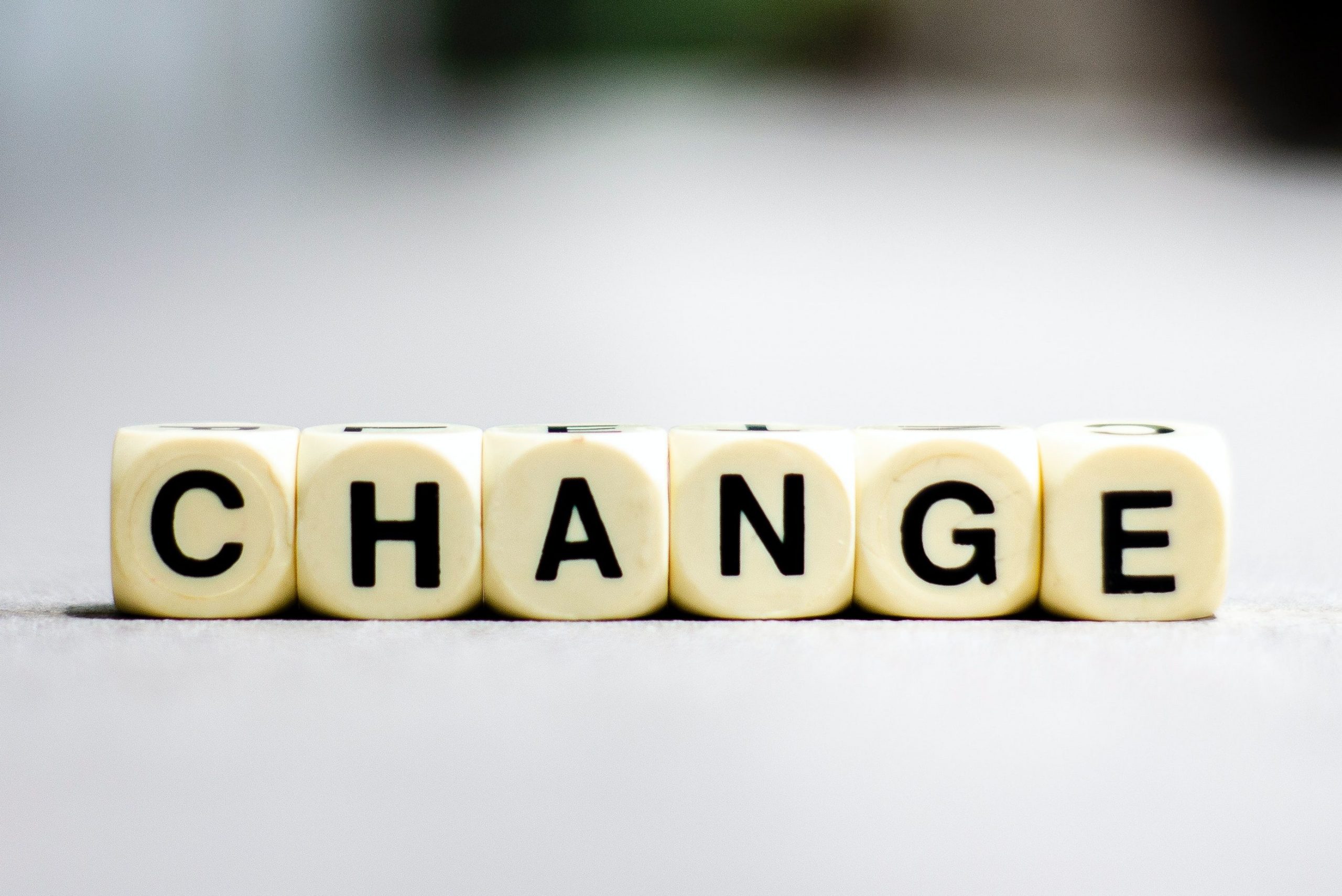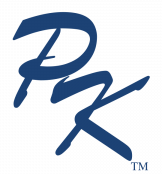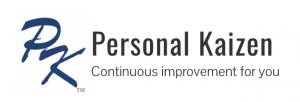
Kaizen, the Japanese word for continuous improvement, has a long history of success in organizational improvement. The Personal Kaizen movement applies these continuous improvement best practices on a personal level – helping you make small changes to continuously improve yourself. This post shares a continuous improvement learning cycle you can use to experiment and discover the changes that work best for you.
Our team has shared our 10 Rules for Life and many simple personal improvement recommendations. Some of our suggestions can change your life for the better, but not every idea is going to be one that makes sense for you.
The Key to Learning is Experimentation
The world is more complex and changing faster than any other time in history. Our brains are like muscles, they will grow in strength when challenged, but we don’t learn without repeated practice and failure.
Small, repeated improvements have much greater effects than occasional major initiatives. This is the compound effect – the same reason that if you start investing just a few dollars every day at age 20 you can retire a millionaire.
Our team uses a simple, proven improvement cycle to experiment and learn in organizations. The same improvement steps apply to personal change. Learn them and use them.

The Continuous Improvement Learning Cycle
- Begin by setting your Goal. What do you want to improve about your life?
- Understand the Current Condition. Try to use some data. For example, if you want to sleep better then understand how much you are sleeping now. If you want to spend more quality time with your kids then define how much quality time you are currently spending with them.
- Identify Obstacles that are preventing you from meeting your goal. What is in the way that you could change? Pick one, and only one, obstacle to address today.
- Define the Next Step you will take that reduces or removes the one obstacle and helps you get closer to your goal. Be specific – what will you do and when?
- What do you expect will happen based on taking that action? How will you feel? How will the data change in the future condition? If your expectation is worth the effort then . . .
- Take action! Experiment with the change and then Go and See the result. Did the improvement work? Did it meet (or exceed) your expectations? Or did it lead to other unforeseen problems or benefits?
- If the experiment was a success, incorporate the change into your schedule or habit (here are tips for developing new habits). If the experiment wasn’t a success, don’t change. Either way, repeat the cycle by addressing a different obstacle or goal.
Steve’s 2019 Talk: Allowing for Trial and Error
I shared the core concepts of our simple improvement cycle in 2019 for the international DisruptHR program. The event is like a TED Talk but uses the PechaKucha format of a 5-minute (exactly!) speech requiring 20 slides that automatically advance every 15 seconds. I was one of several speakers for the Portland, Maine event and found the format harder to prepare for than expected.
Please take a moment to check out my talk, recorded live at the event.
Share Your Success
We encourage experimentation and failure in the interest of learning. Be sure to focus on the facts and data. Celebrate your successes and adopt the changes that work best for you.
Please connect with us and let us know how you have experimented with a change in your life. Comments are preferred so others can benefit from your experience.




